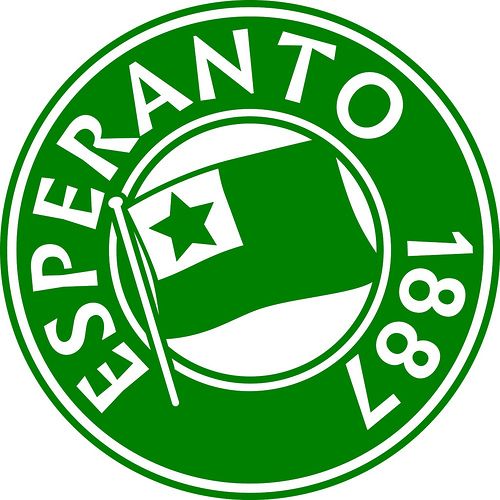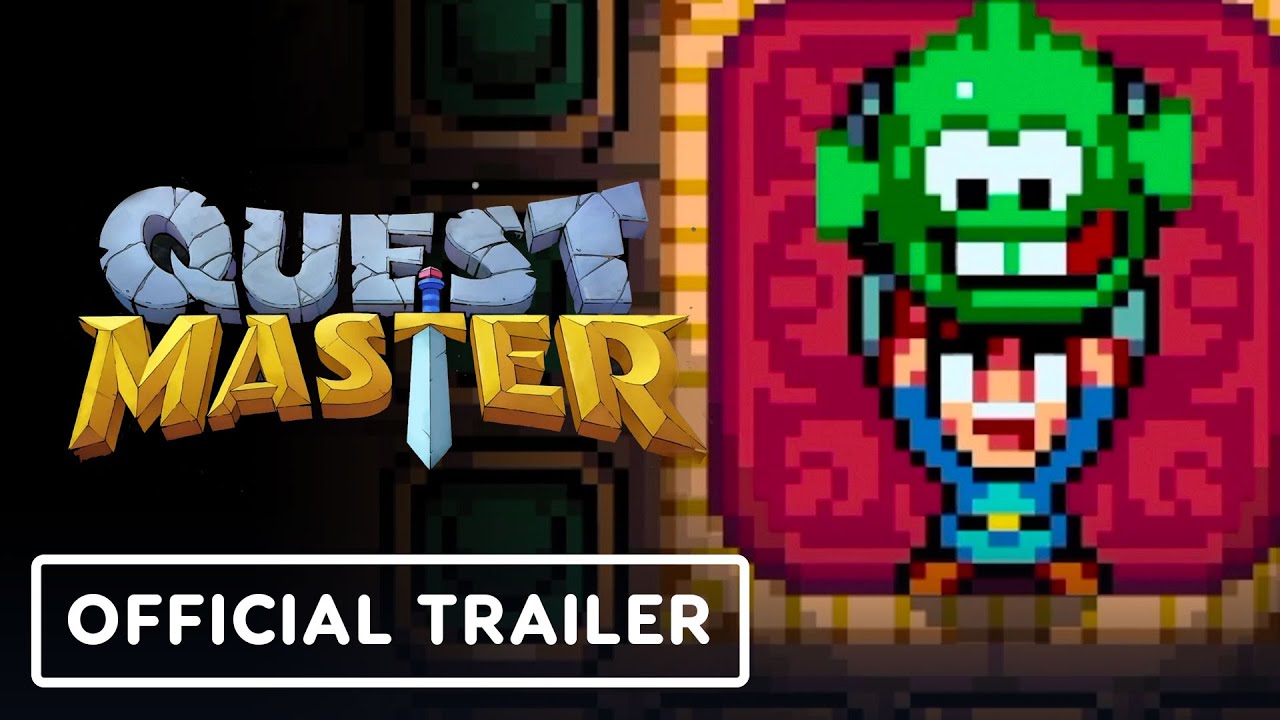Not necessarily – the story might have described a beta version of the OS, in which these interactions worked differently.
- 2 Posts
- 47 Comments

 11·3 months ago
11·3 months agoI remember seeing a post somewhere that talked about the vastly different perceptions of Sunsoft’s NES-era games between US/Europe and Japan.
“The West” mostly remembers the high-quality late-NES-era games, like “Batman”, “Blaster Master”, “Journey to Silius”, etc., whereas Japan mostly remembers the rather underwhelming early titles, such as “Ikki”, “Route-16 Turbo” or “Atlantis no Nazo”.

 11·3 months ago
11·3 months agoCinny is the closest to Discord in terms of UI, it even has a feature where you can show subspaces within a space as if they’re categories of a Discord server.
What you’re describing sounds like an issue with either A-GPS (a mechanism by which sat navs can receive initial data over a cellphone connection, without which the initial location search can last up to 10 minutes, but afterwards it will be as smooth as always) or approximate location (a mechanism in which Google uses a huge database of cell tower and Wi-Fi data to quickly get your approximate position).
I would suggest checking the permissions on the OSMAnd app – maybe it’s lacking something that Google Maps has?
These days there are mods, such as SkyGFX, that let the PC version of GTA:SA match the PS2’s graphical effects, but these obviously rely on GPU improvements that didn’t exist back in 2005.

 7·4 months ago
7·4 months agoFor comparison, I wonder how vulnerable Flathub (flatpak’s primary repo) is to these kinds of manipulations… Seems like every app manifest there is publicly available and is compiled on their servers, presumably making it easier to spot shady apps and updates, and the submission process requires manual approval.

 38·4 months ago
38·4 months agoOkay, the responses here are kinda disappointing because folks here seem to be unaware that (1) Mozilla has already added “AI” info Firefox a few versions ago (to provide machine translations of pages), and (2) the way they did it is very responsible (the whole thing is 100% local, no info is sent to other servers).
I understand that we’re all tired of this whole trend of language models being put where they don’t belong, but from what I see, Mozilla is actually the company I’d trust the most to do it right. (AFAIK, one area where the FOSS world is severely lacking and where Mozilla works to solve it is speech recognition with the Common Voice project, and if they start working on an LLM-based program to do that, I’d welcome it.)

 10·5 months ago
10·5 months agoSounds cool, though I’m a bit confused as to why that is such a big priority given that ReactOS currently aims to replicate Windows NT 5.2 (XP x64 / Server 2003), which did not provide graphical set-up*…
* Technically all Windows versions up until, IIRC, Vista had their install process in two stages: a text-based stage where you’d input the most basic info (what filesystem to install onto, what Windows directory to use, etc.) and a graphical stage once the basic files are installed (where you’d be asked what devices the computer has, whether it’s networked, date/time, etc.). From Vista to the present day, the first stage is graphical as well. ReactOS’ latest release uses the pre-Vista model, but the latest blog posts indicate a move to the more modern one.

 3·5 months ago
3·5 months agoIf you’re using Linux (or macOS or MinGW or CygWin or MSYS), you can do something like this in the terminal:
xxd -r -ps | base64The first command will read the standard input and decode hex strings back into raw data, and the second one will do base64 to the output.
If I pass the hex string mentioned in your original post through this command, I get:
Z3nFNDK4ut8Em7nYkkpXhd2IckM=

 31·5 months ago
31·5 months agoSo, hexadecimal uses 16 characters. Each character stores 4 bits of data (2⁴ = 16).
If you use the 10 digits and 26 letters of the Latin alphabet, the resulting encoding is called Base36.
It is a rather impractical format for storing data, though, because for purposes of simple conversion, the number of possibilities should be a power of 2 – that way a program can do (quick) bit shifts instead of (difficult, especially on big numbers) division to determine which character to use. That’s why it’s mostly used to encode numbers, and not large sequences of data.
Base32 is a slightly-smaller variant that can fit 5 bits of data into one character. (2⁵ = 32)
If you add up digits, uppercase and lowercase characters together (differentiating between upper and lower case), you get 62. This is also an impractical number for computer purposes. But add two extra characters and you get 64, which is another nice power of two (2⁶ = 64), letting one character store 6 bits. And Base64 is a common encoding scheme for data.
And when you know how many bits a character can fit, you can calculate how “efficient” the encoding will be and how many characters will be needed to store data. A Base32 encoding will need 20% fewer characters than hexadecimal, and Base64 needs 33.3% fewer.
You can use notification settings to “Minimize” any unwanted permanent notifications – in that way they’ll not show an icon in the tray area. (You can also just disable any notification type, but Android is more likely to stop any background task that doesn’t display a notification.)

 3·6 months ago
3·6 months agoIf you’re learning Japanese, then “10ten” is very good. It adds a little “puck” you can use to hover over words and phrases to see their dictionary definitions, readings, etc.
(On desktop, it instead works whenever yoy hover your mouse cursor over a word, but on mobile, that’s not a thing. Either way, it’s easy to turn on/off based on your need.)

 2·8 months ago
2·8 months agoI guess this is an interesting contrast to Windows, where not only certain characters (like ? or * or |) are banned, but also entire filenames that used to refer to device files in DOS (con, prn, lpt1, etc.)

 17·8 months ago
17·8 months agoNot really.
.and..are the only standard directory entries that are added by the system.Some shells may extrapolate from that by adding
to go two directories up, butcan just as well be the name of an actual file or directory.
Thers also the Sega Genesis/Mega Drive version of the soundtrack, which I personally prefer.
La indeksa skribmaŝino de ĉi tiu artikolo rememorigis
minal mi pri ĉi tiu tajpilo por la japana lingvo.

 4·8 months ago
4·8 months agoLooks very impressive!

 73·8 months ago
73·8 months agodeleted by creator
Seems like more of a human mistake – like one of the designers used a stock image of a clock spiral that was AI-generated…






These days “games I can play on Linux” is, like, almost every game released on Steam. Install Steam via your package manager or Flatpak, set up your account, and the vast majority of both native and Steam Play-based games will install and run very well. (The only thing worth noting is that while Windows and Mac versions of games are indicated by Windows and Apple logos, Linux native games are indicated by the Steam logo for SteamOS.)
In addition to that, there are free and open-source games that may be available for installation straight from your package manager (or Flatpak). Here are some:
OpenTTD is a clone of Chris Sawyer’s Transport Tycoon Deluxe series, but with massive improvements to both UI and game logic. Run a transportation company, move people and cargo from one place to another, make money, expand, compete against AI or human opponents in online multiplayer.
Xonotic is an original Quake/UT-style FPS. I don’t play it much, but I have friends who really enjoy it.
“The Battle for Wesnoth” is a turn-based strategy game with gameplay reminiscent of console/handheld titles like Advance Wars, but redesigned to better suit PC gameplay. Has both singleplayer missions and online multiplayer.